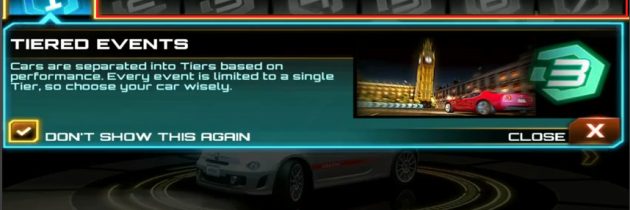5 Tips for Optimizing Your App Economy
5 tips for optimizing your app economy
1) Confused people do nothing.
So don’t overwhelm your users. Instead, you should display a small amount of virtual items (about 6) and give hints that more content can be “unlocked” after players achieve new levels.
Why 6?
Take notes from online retailers, specifically Amazon, and how they display search results. There’s a reason Amazon only shows 4-7 search results on a screen (depending on resolution) without requiring you to scroll. Implementing this concept to your game will prevent players from becoming overwhelmed and allow them to better interpret the items available.
Silhouette’s work as a great hints for players.
2) Make it easy
- Whether you’re directing someone to opt-in to your mailing list
- ..buy one of your products
- or purchase upgrades..
You want it to make it painfully easy for them to do so. My friend Jason once said the funniest thing I’ve ever heard, but at the same time it was a sad truth for the company he was dealing with, it was..
“WHY do these people make it so hard for me to give them my money?”
Hilarious.
So, this point seems blatantly obvious but if your game has hundreds or thousands of items, it can become overwhelming very quickly. A noteable UI for this again is, Gameloft . Take “Asphalt 7: Heat” that I wrote about a few days ago.
Beautiful layout, makes it easy for the user to understand what they should do.
One thing I will say that is SLICK, that they did is – they made the No screen out of alignment with where people normally tap (which makes people buy more things, probably by accident).
Reversed button orientation (No thanks is usually on the right vs the Left where Share Results is) If you also notice, it’s in Green vs Blue, the color Green generally is more attractive than blue. Also the Call to Action in White Text in between the buttons.
3) Have enough items
On average, it is said that your game should have hundreds or even thousands of virtual items in order to create success with a freemium model. Sure there are exceptions, like Temple Run – but generally, the more the merrier for maximizing revenue. It’s important to offer items in all price ranges for different types of players.
For instance, one group of players might be interested in vanity or aesthetically altering items, another group may want a competitive advantage, and another might want to speed up their rate of progress. It’s important to offer plenty of goods so players don’t run out of ways to spend their currency.
4) Make the store the end of the ride.
Ashphalt 7 again does a great job at this, but someone else also comes to mind on this subject – and that is, Disney.
If you’ve ever been to Disneyland you’ve probably noticed that after riding a major attraction you somehow ended up inside of a gift shop. Same thing with Aqauriums, or other ‘amusement’ type parks/destinations, they usually lead you through the gift shop on the way out. This isn’t an accident, exiting guests into stores after rides greatly increases revenues for amusement parks.
If your game has rounds, battles, or levels don’t be shy – lead players to your virtual store so they can spend some of their hard earned virtual currency.
Keep in mind: You don’t want to push players into making a purchase. Make sure to make it easy for them to get out of the store and back into the action. There’s a fine line between upselling and pestering.
5) Make an irresistible offer
Getting someone to convert and pay in freemium is possibly the most challenging task you will face in the freemium monetization process.
However, once someone makes a purchase the odds of them becoming a repeat customer increase significantly. Not only that but this is the basis of up-selling.
Best,
Kevin










I bought Trainyard late 2010 and thhugot it was fantastic and I was just starting on my iPhone dev journey. I built a silly little app called Tap2Cap. It has never made much money but I learnt a lot. I’d been writing JAVA for 17 years, so Objective C was a shock to say the least. I’ve just released a word game called Worzled and am getting great feedback, but have the age old visibility problem. I’ve just finished the free version as a direct consequence of ready this blog. Yours is the best explain of how a free version can work, namely make it more of a fully functioning game rather than just a Lite’ version. A stroke of genius in my view. I wish you luck with your future endeavours and thank you keeping me entertained via Trainyard.